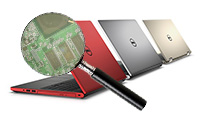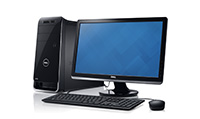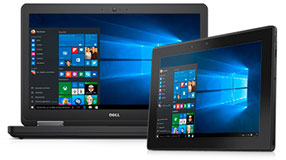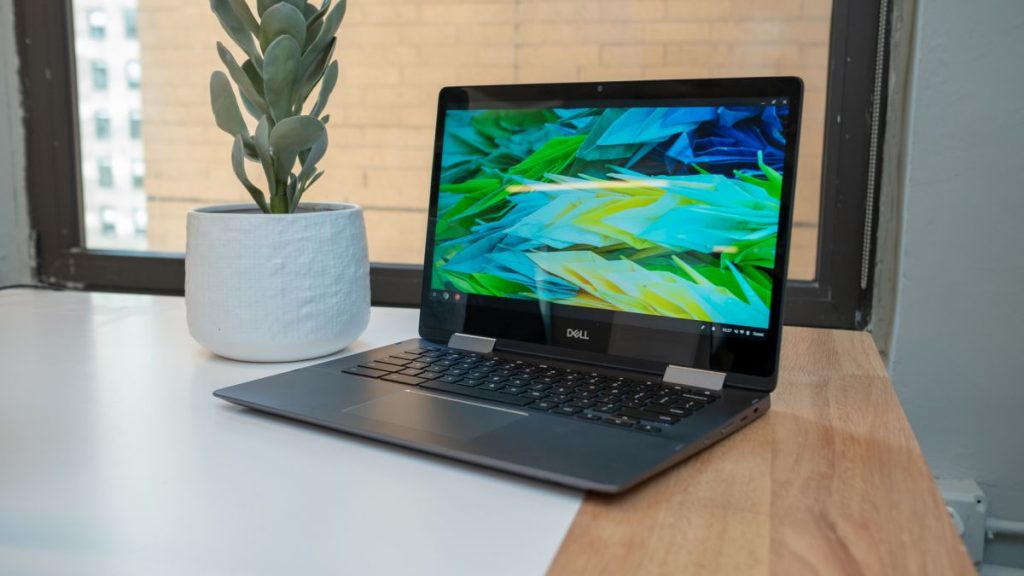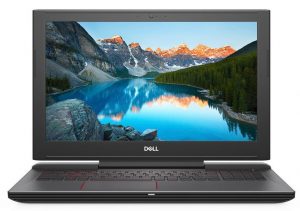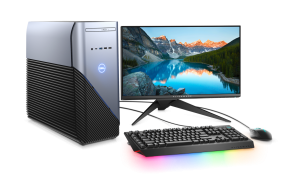Rapidly increasing numbers of uses, in addition to falling prices for solid-state drives (SSDs), are combining with shortages, and a price spike for hard-disc drives (HDDs), to accelerate SSD adoption in both consumer devices and enterprise IT.
Sales Trend Drivers
Causal factors are intertwined in such a way that IDC, a research firm, reports that dramatic growth of consumer mobile devices, declining prices for SSDs, and increasing use of flash memory in enterprise IT, is creating a "perfect storm" forecast for dramatic increases in SSD shipments.
A flood in Thailand in November of 2011 was certainly one of the causes, when it shut down production of several hard-disc drive manufacturers. OEMs (Original Equipment Manufacturers) have faced unavoidable HDD shortages and price increases, which will continue on into 2012. That reduced the price difference between HDDs and SSDs, making solid-state more feasible in many devices and IT environments.
HDD prices have been falling dramatically as a result of sharply ramped up production efficiencies. Price trends show that SSDs have dropped relatively more quickly than hard-disc drives. IDC research indicates SSD prices will fall below one-dollar per gigabyte by the second half of 2012. The world will increase data storage by more than 500% in just the next 5 years, according to IDC.
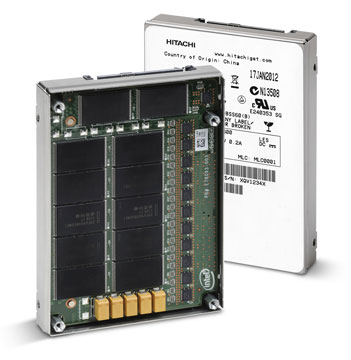

Other uses include digital entertainment, movies and music, growing storage needs in enterprise IT, the healthcare industry, and research on digitizing human genome information.
Making the drives even more desirable is the fact that some, made by ATP Electronics for example, can operate in temperatures from minus 40 to plus 185 degrees Fahrenheit, and are robustly shock resistant. Corporate IT departments are increasingly finding either mission-critical or cost efficient uses. One example is the Quality Assurance Division at eBay, which is using a 100TB flash array.
Business IT is also finding innovative ways to make SSD storage software-application-specific, so that speed-critical data would go to flash memory, and lower priority data would end up on HDDs. Even then, there is likely to be a flash-cache component on many, perhaps most, future HDDs in order for them to stay competitive. SSDs are now widely being used as boot drives when paired with HDDs, and are becoming indispensable for making disk images, or full copies in RAID configurations. Additionally, power loss and data integrity management features make for even more reliability.
The Numbers are Solid
IDC research predicts global SSD sales to increase at a compounded annual growth rate of more than 51% between 2010 and 2015. World-wide solid-state storage increased 105% in 2011 vs 2010.
Assessment
SSD benefits of speed, power-efficiency, reduced footprint, physical and temperature shock resistance will bring astounding changes in storage within 24 months; both for 'big-data' IT environments, and consumers. Some IT professionals recommend that consumers desiring reliability should use reputable, well-known brands.
One thing is clear. Solid-state memory, in various forms, is not a "flash in the pan".

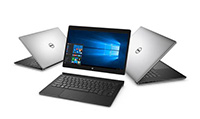 Laptop & Tablet Parts
Laptop & Tablet Parts